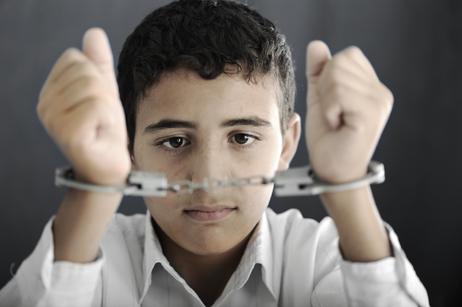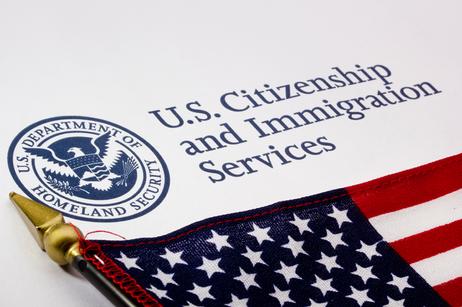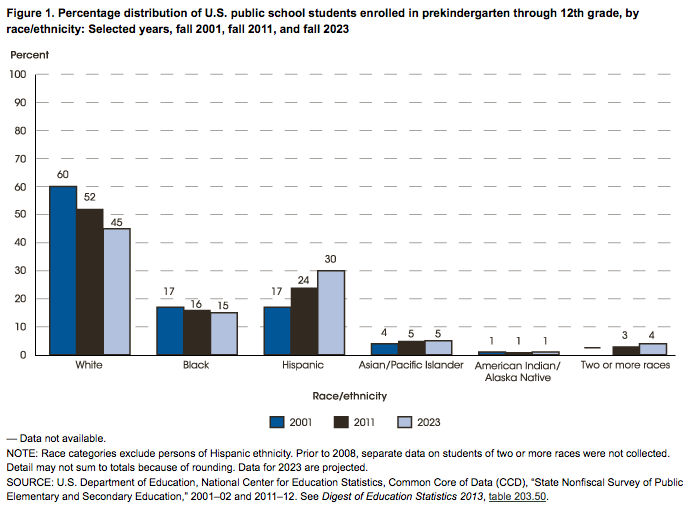The Next Generation Science Standards (NGSS) were developed by a cadre of experts from the National Research Council, the National Science Teachers Association, Achieve, the American Association for the Advancement of Science, and other stakeholders, including K-12 science teachers and government officials from 26 states. The standards establish benchmarks that gauge student learning at each grade level from kindergarten through the twelfth grade in the areas of life science, physical science, earth and space science, and engineering, technology, and applications of science. The standards direct student learning along three dimensions:
- Practices: Students master investigative behaviors that are key to scientific exploration and theory development about the natural world. These include, but are not limited to, the steps of the Scientific Method and their associated practices.
- Crosscutting Concepts: Students learn concepts that are applicable to all disciplines of science, using common ideas such as patterns, cause and effect, stability, and change. Using this framework provides an organizational structure in which children can relate knowledge from one scientific field to another.
- Core Ideas: Seminal concepts within science focus the curriculum on ideas that have broad applicability, provide key tools for understanding ideas and solving problems, relate to social or personal concerns, and are learnable over the course of multiple grades at increasingly deep levels of rigor.
These new-generation standards emphasize the importance of science in daily life, but also seek to prepare students for a rapidly evolving workforce that relies heavily on a deeper understanding of science, technology,






















